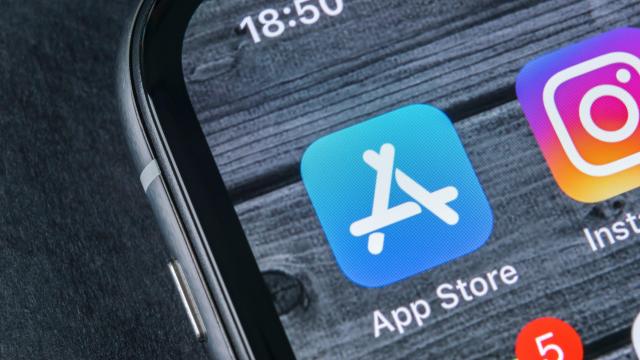Notability created some drama for itself this week when it announced that it would switch all users over to a subscription-based payment system — including those who had already paid for the app. While the app quickly reversed course (likely because they were about to break Apple’s terms of service), it serves as a reminder that you probably want to buy the apps you’re interested in now, while you still can.
Paid apps are for life
In the past, there were really only two options: free apps and paid apps. Sometimes, free apps were 100% free. Other times, free apps gave you a taste of the experience, but in order to get all of an app’s features, you had to pay up.
Once you paid for that app, however, that was it; you received free updates forever, taking advantage of any new features the developer brought down the pipeline. If they decided to increase the price of their app, you still were all set, because you had already bought it.
But now, many developers are moving to a subscription-based model that will cost you much more over time than the current one-time, upfront fee would cost you now. So if there’s an app you’ve been eyeing, but you’ve been hesitant to commit, now might be your best, cheapest time to snag it and have a lifetime of features at a one-time fixed price.
Subscriptions cost you more over time
These days, it seems everything is a subscription. That’s no accident; more and more services see the benefit in charging their users perpetually, rather than one fixed amount for life. The app might be free to download, but to access most (if not all) of its features, you need to subscribe.
Depending on the app, the price may or may not seem reasonable to you. But no matter the price, you will likely spend more for that app by subscribing to it than you would have buying it outright. If the app costs $US10 (A$13) today, but charges $US10 (A$13) annually when it switches to subscriptions, you’ll have doubled your spending after two years of use.
I experienced this phenomenon with CARROT Weather. When I bought the app in 2017, it cost $US5 (A$7). That felt pricey, considering there was a free weather app installed on my iPhone by default, but I felt it was worth it for the graphics, improved weather data, and snarky assistant. There were optional subscriptions to unlock additional features, but I was happy with my base tier purchase.
Flash forward a couple years, and CARROT Weather is a free app to download, which omits many of the features you received with the paid app. The starting subscription cost for new users is $US5 (A$7) per month, or $US20 (A$27) per year. Because I bought the paid app, I have access to all my features forever. $US5 (A$7) for all my features, versus $US5 (A$7) per month, is a deal I’m happy I unknowingly took.
Now, it’s not a perfect comparison; the base subscription includes additional features over what I currently have, and I also have access to lower subscription costs because I paid for the app in the past. But that, to me, is more of a reason why it was beneficial to pay for the app in the past, as I now have more options than someone subscribing for the first time.
To be clear, I’m not knocking developers for switching to subscription plans. It makes financial sense, especially in 2021. Hell, even Apple is encouraging developers to switch. I’m all for supporting your favourite apps; there’s just an undeniable benefit to buying an app when you can.
If you have to subscribe, consider doing so annually
The benefits of getting in early don’t just apply to paid apps, however. There are similar strategies for subscription-only apps, as well. Take 1 Second Everyday, as an example. If you subscribed to the annual plan when it was $US29.99 (A$40), you might still be offered that pricing, even though the app has raised its prices at least 30%.
There’s no guarantee that will work — you might subscribe to an app’s annual pricing, only to be met with a price hike once you resubscribe. But there’s a baked-in benefit to subscribing for so long; if the app raises prices, you know they won’t take effect until at least your current subscription is up for renewal. So, if you subscribe for a year at $US30 (A$40), and the next day the app raises the yearly price to $US45 (A$61), you don’t have to worry about that until next year. If you subscribed monthly (or even weekly), you’d come up against price hikes much sooner.
Plus, annual subscriptions often offer an overall discount on the price. An app might charge $US5 (A$7) a month, or $US45 (A$61) per year. If you chose the monthly option, you’d spend $US60 (A$81) after 12 months, an additional $US15 (A$20) over the annual plan. If you know you want the app, save yourself some money by subscribing for the year.
The gist? If you think you want an app, get in early. Buy it while you still can. However, if it’s already a subscription-only app, you’re better off committing to a longer subscription, especially if that extended plan comes with discounts. Of course, this won’t benefit everyone; you don’t want to subscribe to an app for a whole year only to find you hate it two weeks in. If you’re not sure, a monthly subscription to start might be the safer option. Once you know you really like an app, however, commit, commit, commit.

Leave a Reply
You must be logged in to post a comment.